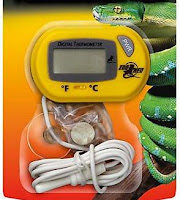Last year, we had a sudden snow storm on the 15th of December that caught us off guard and ended up with snow inside of the chicken pens. This year, we had the shields in place before the snow started flying. We did not get as much snow this year and some of it was freezing rain so it was quite the mix between the two. Yesterday was so blustery that the wind chill dropped to 16F even though the temps were closer to 30F. We even had a few gusts of 40mph. So, yah, it was bitter cold on Christmas Eve.
Thankfully, Christmas day has been calm, although it never really got much above freezing. The new chickens are stressed by the snow, but the older chickens seem to be taking it in stride.
We have a gopher this year that has been taunting the chickens, tunneling under their coops and into their pens. The coops have floors, so it's not like the gopher is adding tunnels into their coops, but my guess is that, either the gopher or mice using the tunnels are getting an added food resource this year. We do not seem be going through feed quicker, so I don't think they are able to get into the hanging feeders, but I know that the chickens do drop food on the ground, giving the field critters access to the spillage.
Some of the hens are still laying, so we got a few eggs this weekend. Not as many, but some eggs is better than none eggs.
It is supposed to warm up tomorrow - we will see if that happens.



























































